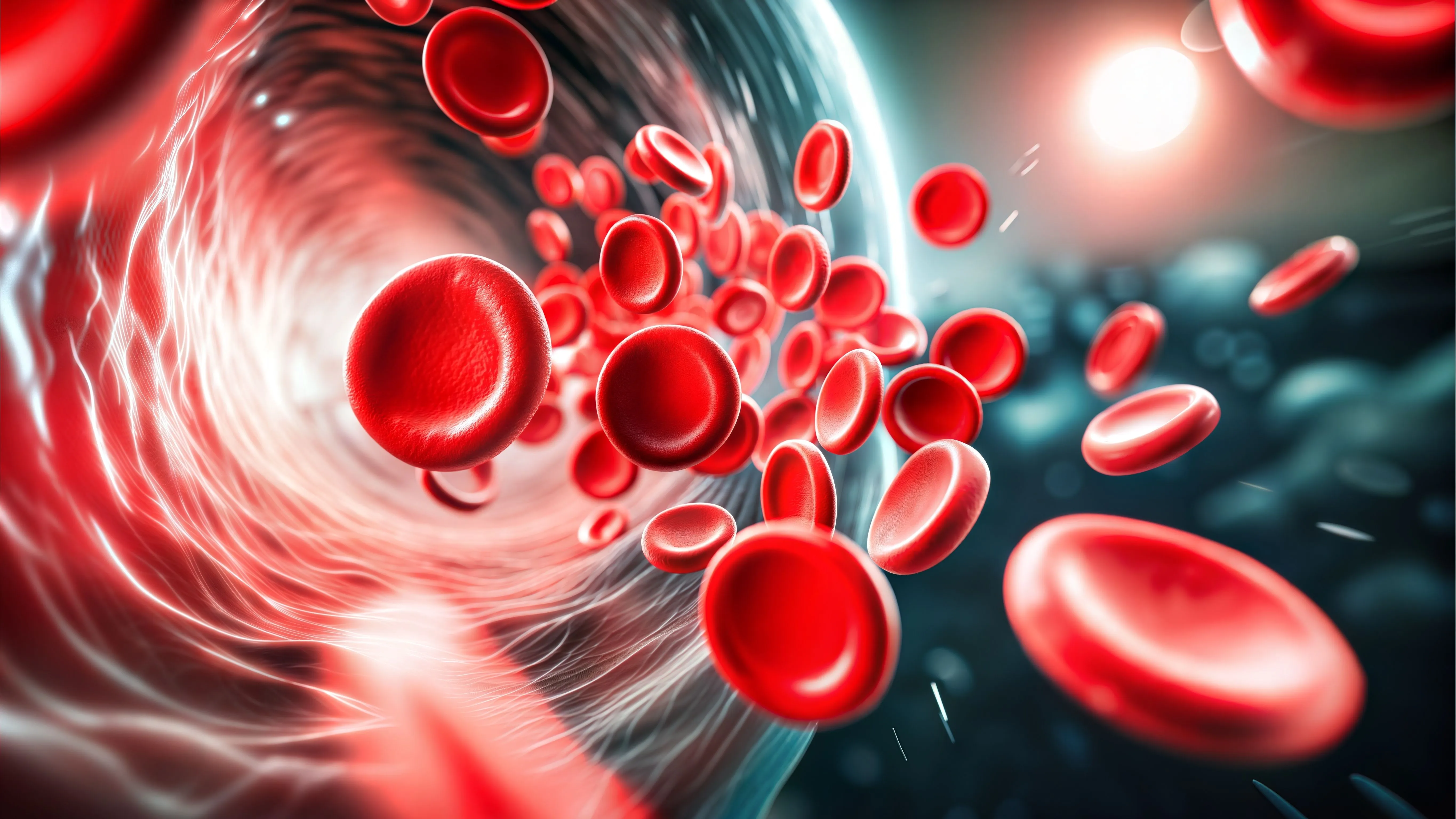FDA Approves Hympavzi for Hemophilia A and B Management

Introduction to Hympavzi
The FDA has officially approved Hympavzi (marstacimab-hncq) as a groundbreaking treatment for hemophilia A and B. This innovative therapy aims to prevent or significantly reduce the frequency of bleeding episodes in patients aged 12 or older who do not have inhibitors. According to the latest news release, Hympavzi is now recognized as the first hemophilia medication delivered via a pre-filled, auto-injector pen.
Significance of Hympavzi's Approval
The FDA's approval marks a remarkable advancement in hemophilia treatments, particularly for patients suffering from these rare genetic blood disorders. Hemophilia A stems from a dysfunction in coagulation factor VIII, while hemophilia B is related to coagulation factor IX. Symptoms often include prolonged bleeding post-injury or surgery and increased risk of spontaneous internal bleeding, leading to potential joint damage.
Hympavzi's Mechanism of Action
- Hympavzi operates by inhibiting the Kunitz 2 domain of tissue factor pathway inhibitor, a natural anticoagulant found in the body.
- The therapy is administered once a week, offering a more convenient alternative to traditional intravenous infusions that some patients may require multiple times weekly.
Clinical Trial Insights
This approval is supported by data from the phase 3 BASIS trial, where patients treated with Hympavzi experienced a 35% reduction in their annualized bleeding rate (ABR) and up to 92% after 12 months compared to standard treatment protocols. The trial included 116 male patients with either severe hemophilia A or B.
Potential Side Effects
Despite its benefits, some patients reported side effects, with common issues including injection site reactions, headaches, and itchiness, affecting at least 3% of participants.
Looking Forward
While the full prescribing information for Hympavzi will be available shortly, the BASIS KIDS trial is currently ongoing, expanding research to assess safety and effectiveness in children with hemophilia A or B, with or without inhibitors. Results are anticipated by the third quarter of 2025.
This article was prepared using information from open sources in accordance with the principles of Ethical Policy. The editorial team is not responsible for absolute accuracy, as it relies on data from the sources referenced.